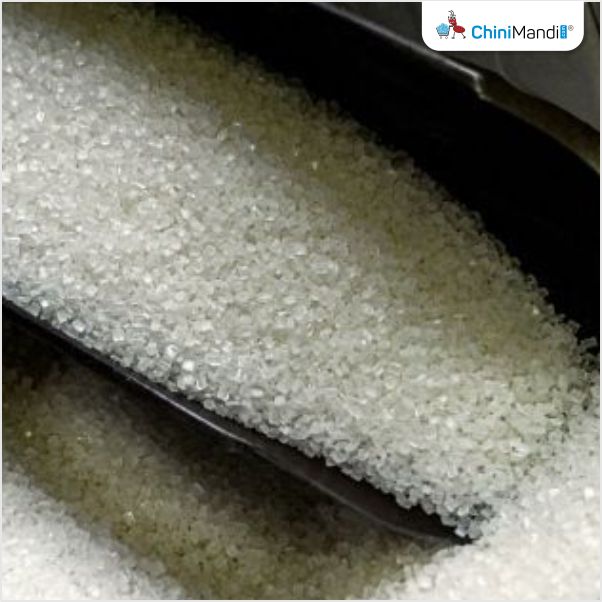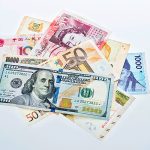Recession or slowdown? Demand or supply?
The questions today in the world economy and our favorite commodity, sugar. Crude fell 2.34% yesterday and gasoline in particular fell 4.08% as traders worry demand for gasoline and energy in general is falling and this could be pointing to a recession. The FAO food index for July was posted today and it showed a drop of 8.6%, the steepest drop since 2008 and the fourth consecutive monthly drop, falling to its lowest level since January.
Commodity prices are indicating that the US economy (and inflation) are slowing down. The latest job number, due out at 8:30 am this morning will give us another indicator on how the economy is doing. The number expected is 250 K, with the range between 50-325, with last month’s number coming in at 372 K. The 250 number would be the lowest since December of 2020 when it was (113). But we would probably need numbers below 50 to alter the Fed’s intention of raising rates by 0.5-0.75 next month. A number of 100 or higher is thought to keep them on their course. So the debate on inflation cooling or recession continues.
The stock market’s performance would indicate that some investors are leaning toward the cooling inflation theory. The 2 yr-10 yr yield curve however, which is as steeply inverted as it was back in 2000 would suggest we are headed to a recession. Sugar has its own debate going on, supply or demand? Brazil is the most important supplier right now and as energy prices fall, the mill sector is shifting to more sugar production and this transition could show up in next week’s UNICA report as it appears sugar production will eclipse last year’s stunted number for the first time this year. It took four months and the deficit is 2.664 MMT, so the question is can we surpass last year?
If the weather remains dry in Brazil, the debate will become heated (pun intended). Weather problems are also likely to impact European production and news that the Rhine river is close to closing down for ship traffic is a good a indication as any that things are bad. But a limited Rhine will also impact coal shipments and with gas being cut off already by Russia, the energy situation for Germany’s industry (read sugar refineries) is getting more complicated. The weather situation in the second largest sugar producing state in India is still in a state of flux. Rainfall was deficient in July, but appears to have improved somewhat in August.
But India has another issue, in that the falling price of international sugar and the 5% rise in cane prices in India, as well as falling energy prices is going to make the export of sugar and the sale of ethanol (which should also see its price rise to follow the rise in cane prices) more “difficult”. The Government can coerce the energy sector to comply, but sugar export will need subsidy, a word the Government would like to avoid.
Will Brazilian and EU production issues come to the rescue of the Indian sugar industry?
Too early to say. For now concern about demand due to a recession as well appears to be neutralized as the market is seeing demand revitalized by the post pandemic world economy with the exception of China, which is still in the grips of COVID. (and China is the world’s largest importer). For now sugar is constrained within a bear flag formation. A close above 18.06 would nullify the formation, and a move below 17.26 would confirm the negative consolidation formation.
Can sugar rally in a slowing or recessionary world economy?
If production is compromised, yes. Brazil can only shift so much production to sugar and people need to eat so agricultural commodities are more recession proof. We shall see!











